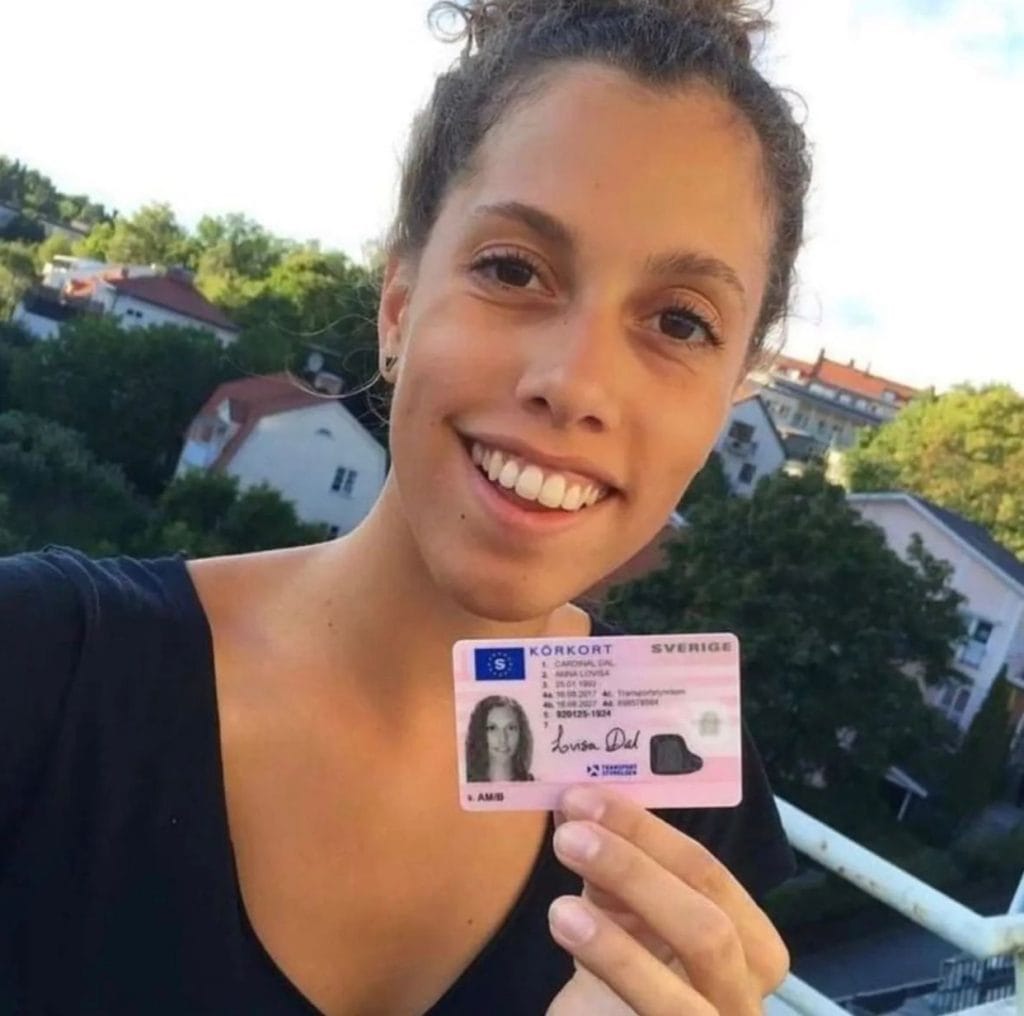댓글 0
등록된 댓글이 없습니다.

Driving is an essential ability for numerous, providing the freedom to travel where and when you want, often making life easier and satisfying. Nevertheless, obtaining a driving license is a process that needs understanding, persistence, and adherence to legal procedures. This guide aims to provide a detailed overview of the steps one must follow to legally get a driving license, highlighting important considerations and frequently asked questions to ensure a smooth and hassle-free experience.
Before diving into the application procedure, it's vital to understand the fundamental requirements and kinds of driving licenses offered. Driving laws differ substantially from country to country, and even within different states or provinces within the same nation. Usually, there are a number of kinds of driving licenses, including:
The initial step in getting a driving license is to research the particular requirements in your area. Visit the main site of your local Department of Motor Vehicles (DMV) or comparable firm to find comprehensive information about the licensing procedure, including age constraints, required files, and charges.
Each jurisdiction has its own set of files that need to be sent to use for a driving license. Frequently required documents consist of:
Many states and nations require new chauffeurs to complete a driver's education course. These courses are developed to teach the rules of the roadway, traffic laws, and safe driving practices. They can be completed online or in a classroom setting and frequently consist of both theoretical and useful parts.
As soon as the needed paperwork is all set and the driver's education course is finished, the next step is to apply for a learner's permit. This generally involves going to the DMV or submitting an application online. You will likewise need to pass a written test that covers traffic laws and driving understanding.
With a learner's license, you can begin practicing driving under the guidance of a licensed grownup. This is an essential step in constructing your self-confidence and abilities behind the wheel. It's also essential to gain experience in different driving conditions, such as night driving, highway driving, and driving in inclement weather.
After gaining sufficient driving experience, you can set up a driving test with the DMV. The test will examine your ability to safely run a car and follow traffic laws. You will require to bring an appropriately registered and guaranteed car to the test, and the examiner will evaluate your driving abilities on an established route.
If you pass the driving test, you will normally receive a provisional license. This license may come with restrictions, such as a curfew or a limit on the variety of travelers you can have in the automobile. These constraints are created to lower the danger of accidents and assist new motorists acclimate to the road.
As soon as you have actually held a provisional license for the required duration and fulfilled any additional requirements, you can update to a full driver's license. This process generally includes an easy application and might need a retest or extra paperwork.

A: The minimum age differs by jurisdiction. In the United States, it typically ranges from 15 to 16 years of ages. In the UK, the minimum age is 17. Examine your local DMV website for particular information.
A: Some jurisdictions allow you to complete parts of the application procedure köp registrerat körkort online, such as submitting forms and scheduling tests. However, you will usually require to visit a DMV workplace personally to send required documents and take the driving test.
A: If you stop working the driving test, you can normally retake it after a specific period. This period differs by area, however it is typically a couple of weeks. It's an excellent concept to practice more before retaking the test to improve your possibilities of success.
A: No, a learner's authorization normally requires you to be accompanied by a certified grownup, usually over 21 years old, who is seated in the front traveler seat.
A: Yes, many jurisdictions need a vision test to make sure that you can securely operate a car. You can usually take this test at the DMV or with an approved eye doctor.
A: The time needed to acquire a complete driver's license varies depending on your jurisdiction and the particular actions involved. Usually, it can take numerous months, including the time needed to finish a driver's education course, hold a learner's license, and pass the driving test.
A: It depends upon the restrictions put on your provisional license. Some provisional licenses permit you to drive for work, while others might have particular constraints. Examine your license for details or contact the DMV for information.
A: A student's permit is the first stage of the licensing procedure and permits you to drive just under guidance. A provisionary license, on the other hand, grants you more driving advantages but may still have some restrictions, such as a curfew or guest limits.
A: No, you normally need a complete driver's license before requesting a CDL. A CDL is a specific license that requires extra training and testing, and it is just provided to those who have actually demonstrated the capability to safely operate a basic automobile.
A: If you lose your driving license, you need to report it to the DMV and get a replacement. You might need to offer proof of identity and pay a cost. It's also a good concept to notify your insurance company and any other pertinent parties.
Acquiring a driving license is a substantial milestone that opens new chances and increases independence. By following the actions laid out in this guide and remaining notified about regional laws and requirements, you can ensure a smoother and more successful licensing procedure. Bear in mind that driving is a serious obligation, and putting in the time to discover and practice is essential for your security and the security of others on the roadway.
0등록된 댓글이 없습니다.